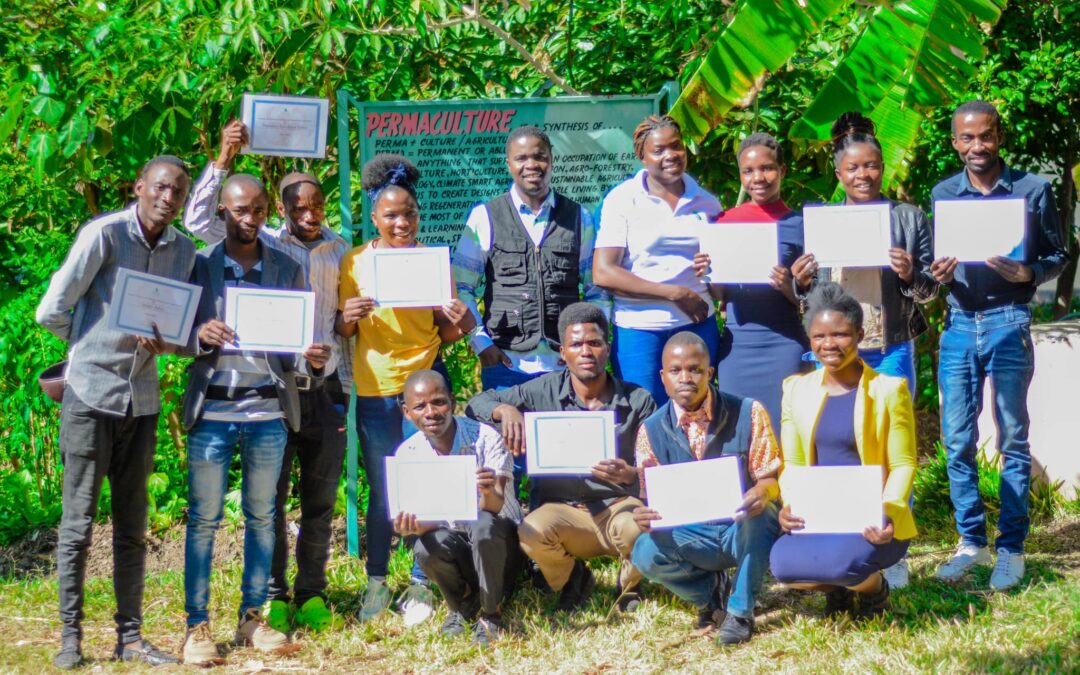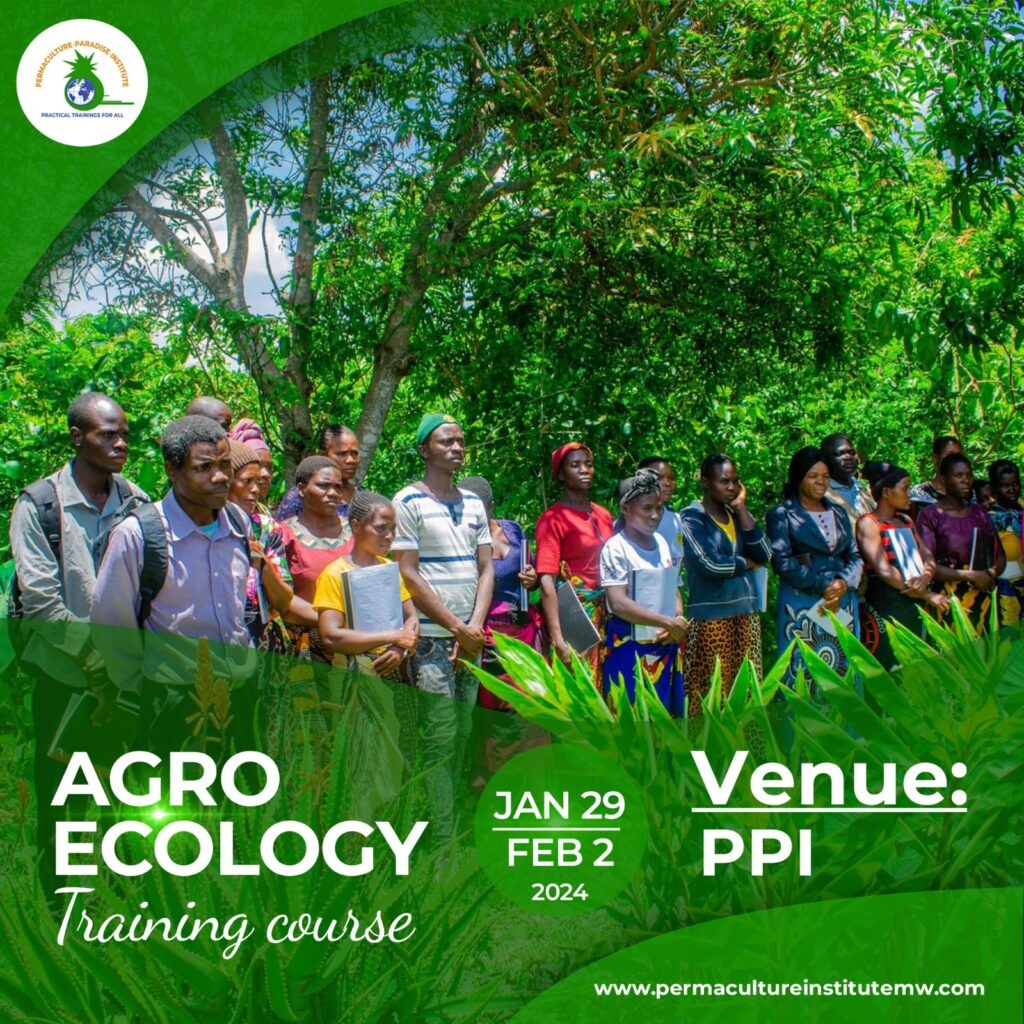Day 1: Welcoming the Future Designers
The vibrant start of the international 72-hour Permaculture Design Course (PDC) at the Permaculture Paradise Institute was marked by the arrival of 11 eager participants from various corners of Malawi. The diverse group, united by a shared passion for sustainable living, gathered with a palpable sense of anticipation. From city dwellers to rural enthusiasts, each participant brought unique experiences and a common goal: to learn how to design resilient and self-sustaining ecosystems.
The opening day was dedicated to setting the stage for this transformative journey. Introductions were made, and an overview of the course structure was provided. Excitement buzzed through the air as the participants got a taste of what the next 12 days would hold. They explored the beautiful surroundings of the institute, a living example of permaculture principles in action, and began to form the bonds that would carry them through this intensive learning experience.
Day 2: Mapping the Land and Its Bounty
With the preliminary introductions behind them, participants dived into the heart of permaculture on the second day. The morning was spent conducting a detailed site survey, assessing the land’s topography, resources, and existing ecological relationships. This exercise was crucial in understanding the canvas they would be working on, setting the stage for their creative designs.
In the afternoon, the group engaged in resource mapping, identifying the various natural and human-made elements within the landscape. This activity allowed them to visualize how to harness and integrate these resources efficiently. The hands-on approach reinforced the importance of observation and thoughtful planning, essential skills in the permaculture toolkit.
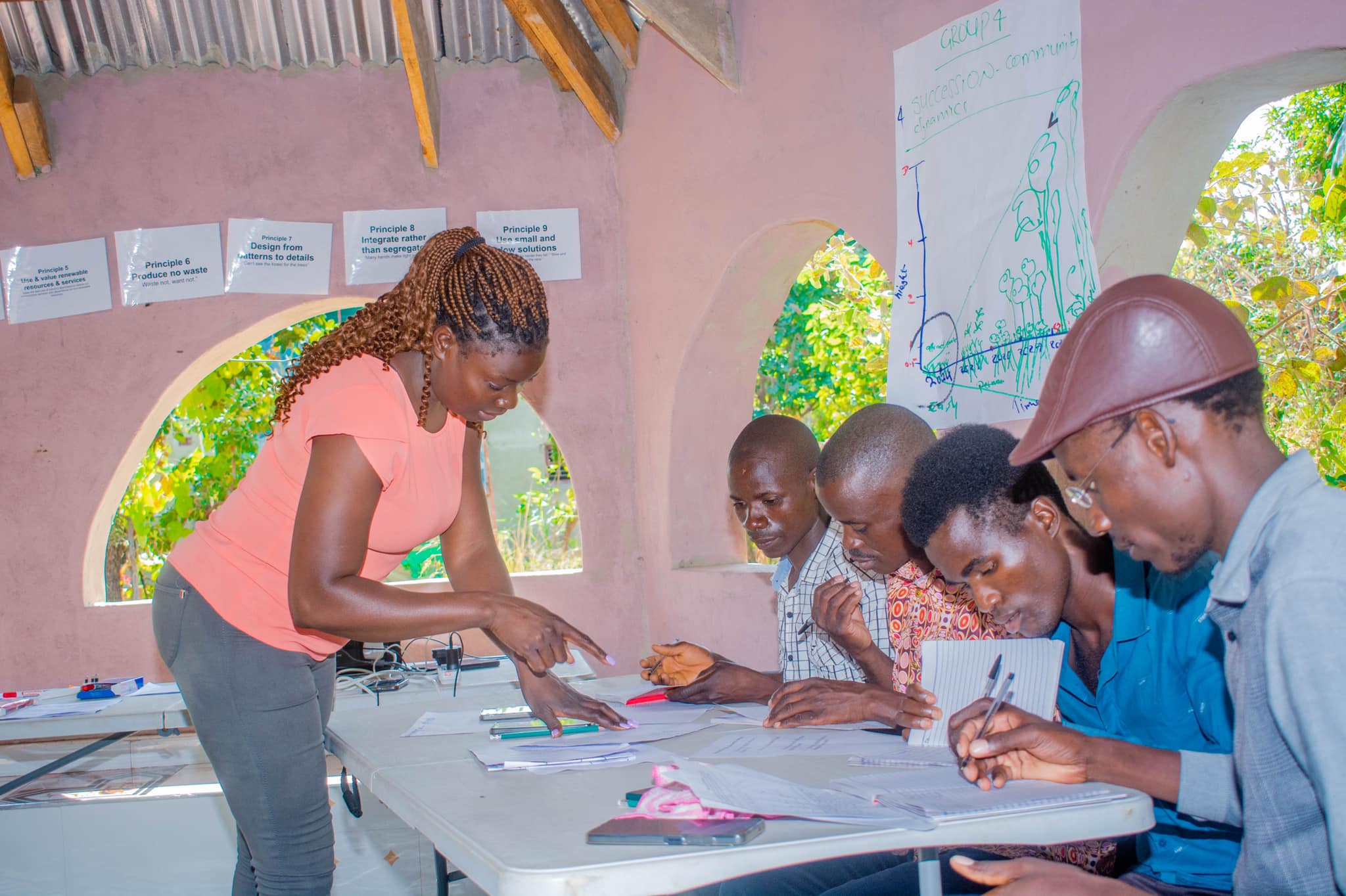
Day 3: Patterns and Soil – The Foundations of Life
The third day shifted focus to the natural patterns that shape our world. Through engaging discussions and interactive sessions, participants explored how patterns manifest in both space and time, from the spirals of a seashell to the branching of a tree. Understanding these patterns is fundamental to creating designs that align with nature’s inherent efficiencies.
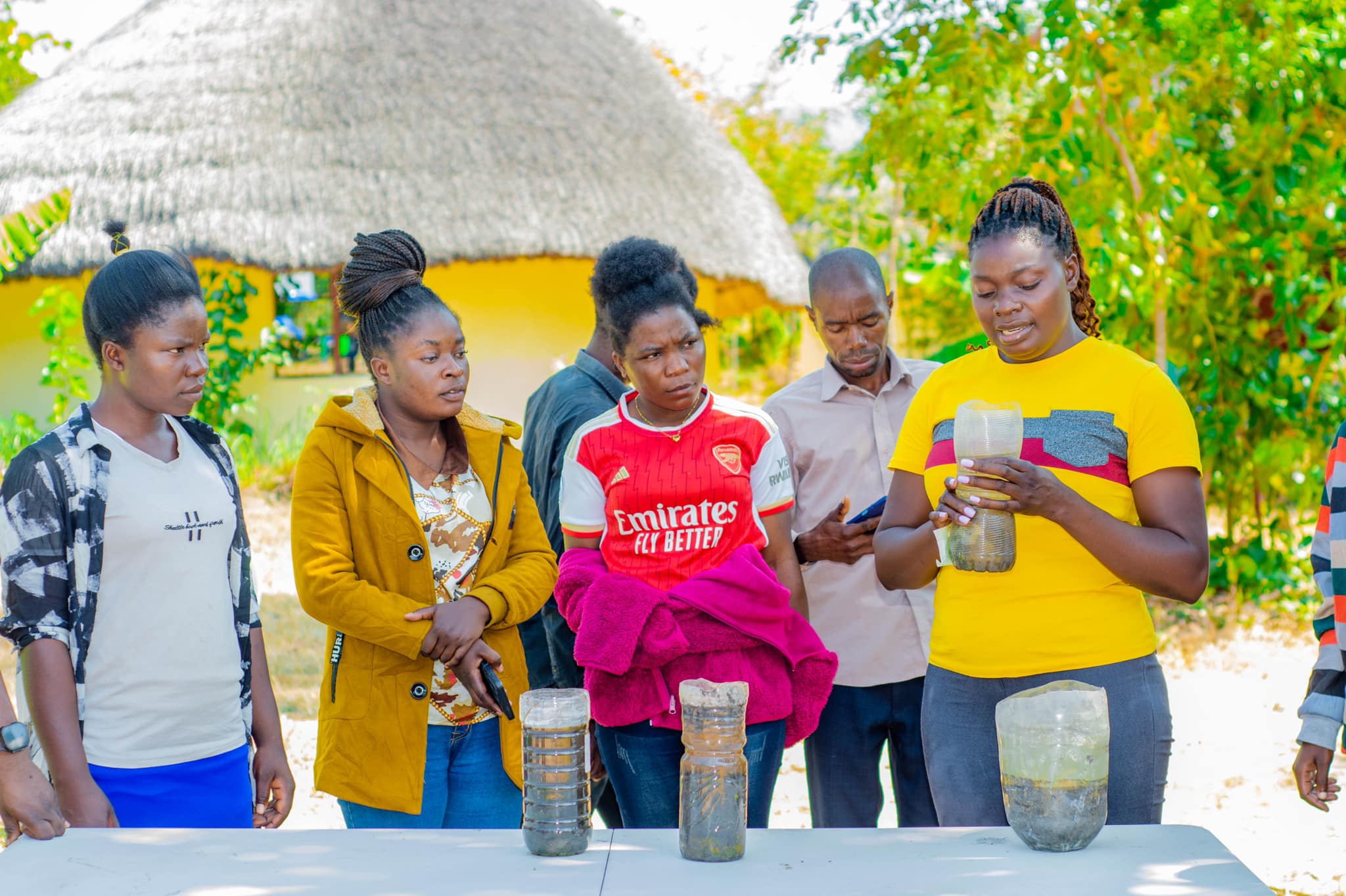
Later in the day, attention turned to the ground beneath their feet—soil health. Participants learned about the complex web of life that makes up healthy soil and its crucial role in supporting productive ecosystems. Practical exercises on soil assessment and improvement techniques underscored the day’s lessons, emphasizing the importance of nurturing the foundation of all terrestrial life.
Day 4: Water Wisdom and Base Mapping
Sustainable water management was the focus of the fourth day, as participants delved into techniques for capturing, storing, and distributing water. Through a blend of theory and practical sessions, they explored ways to make the most of this precious resource, from rainwater harvesting systems to creating swales that guide water efficiently through the landscape.
In the afternoon, the group turned their attention to base mapping tips. These skills are critical for translating the observations and ideas gathered over the past days into a coherent design. Participants practiced sketching their base maps, honing their ability to visualize and plan for the integration of various elements within their permaculture designs.
Day 5: Crafting Individual Base Maps
The fifth day provided a personal touch as participants embarked on individual base mapping exercises. This activity allowed them to apply their learnings directly to their unique contexts, translating theoretical knowledge into practical design work. Each participant began drafting their base maps, integrating the insights gained from site surveys and resource mapping.
This process not only solidified their understanding but also fostered a sense of ownership and creativity. It was a day of introspection and innovation, as participants started to see their visions take shape on paper, paving the way for more complex design challenges in the days ahead.
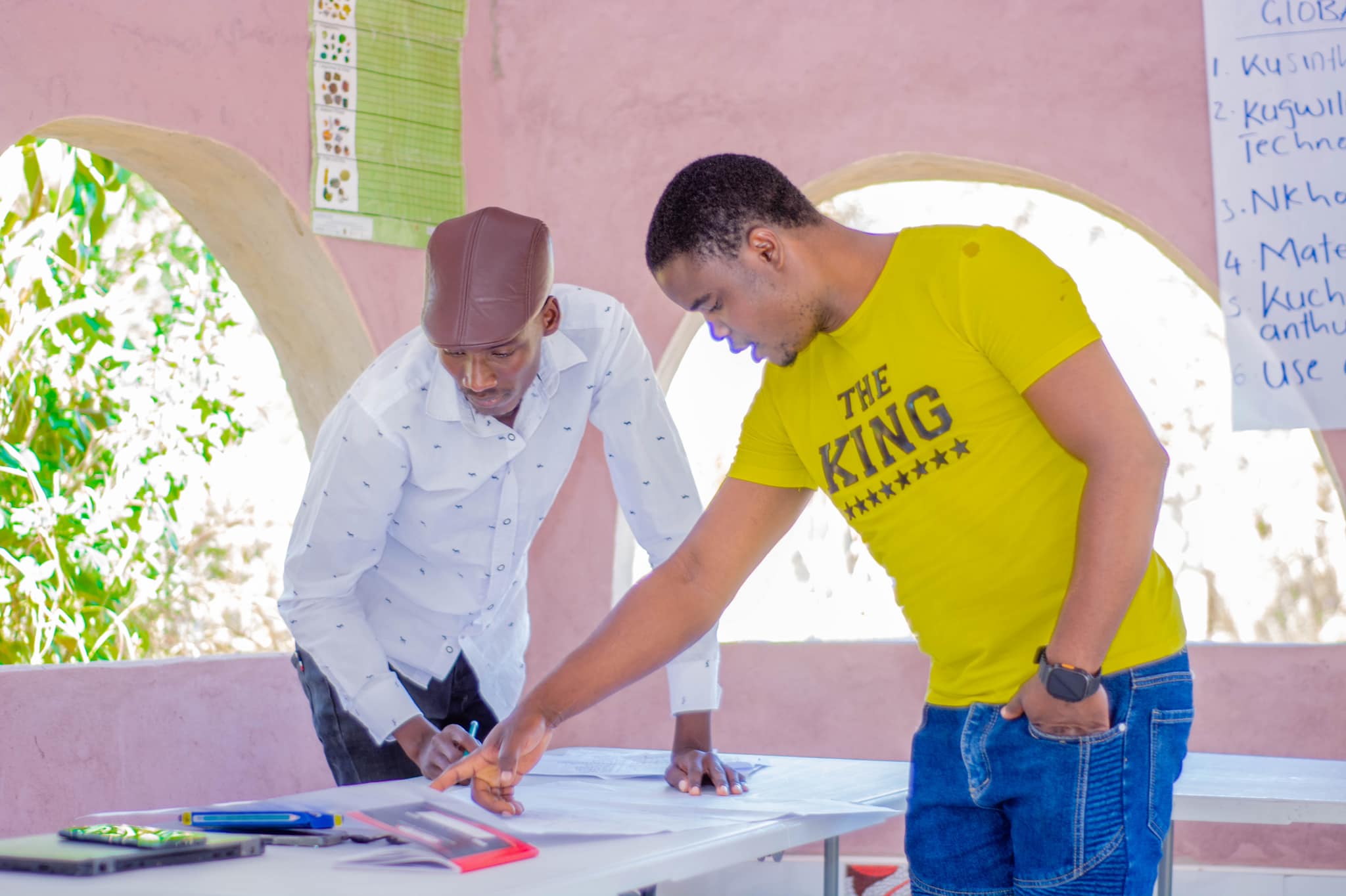
Day 6: Guilds and Zones – Practical Applications
Day six was dedicated to exploring guilds and zones, two core concepts in permaculture design. Participants learned how to group plants and elements into mutually beneficial clusters, known as guilds, and how to organize their space into zones based on usage and energy flow. These principles are key to creating systems that are both productive and sustainable.
The afternoon saw the group applying these concepts in hands-on practicals. They worked together to design and implement small guilds, experimenting with different combinations of plants and structures. This tangible experience reinforced the day’s lessons, demonstrating the power of thoughtful design in creating harmonious and resilient ecosystems.
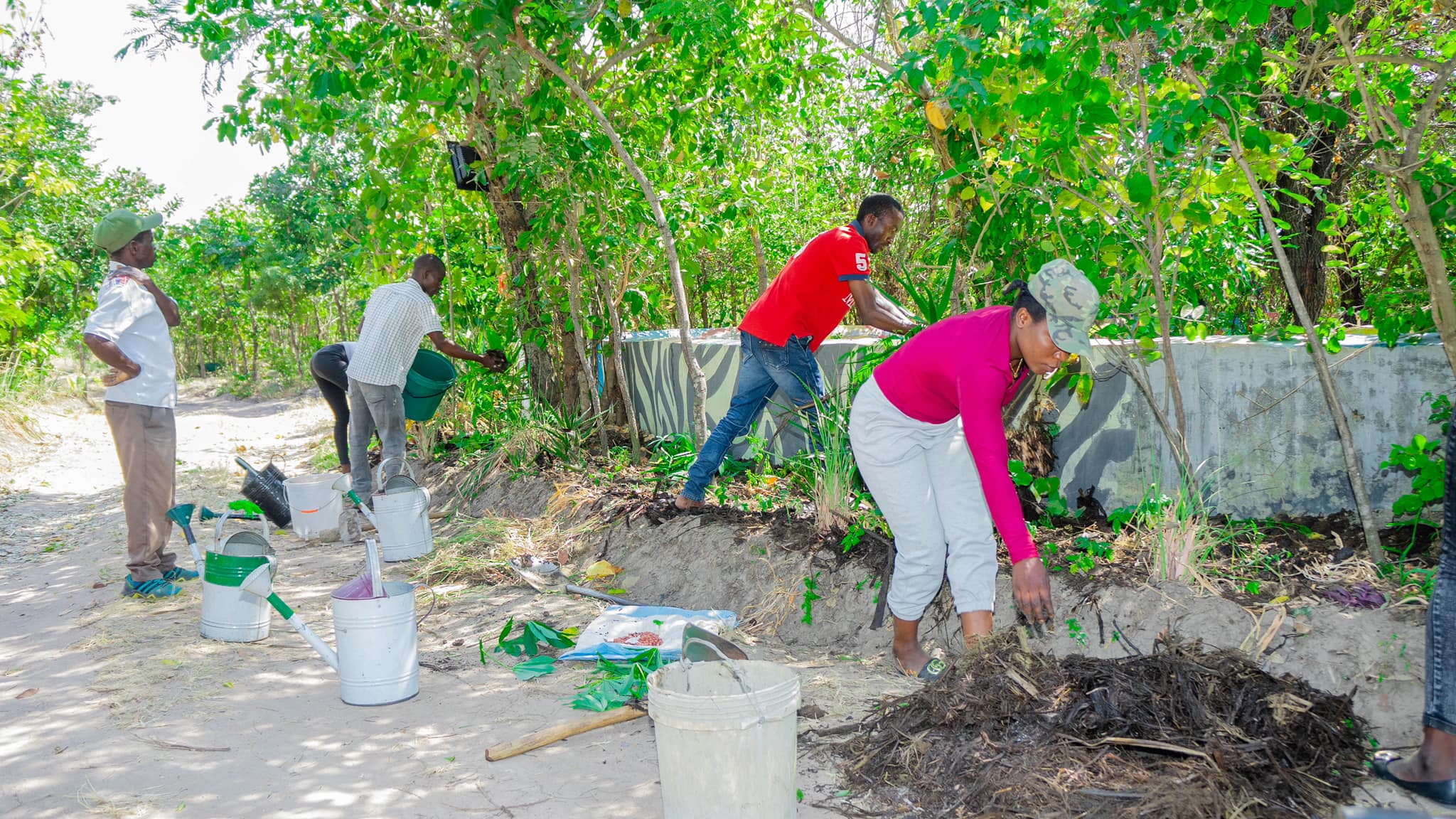
Day 7: Seeds of the Future
The seventh day turned the spotlight on seed saving and multiplication, vital skills for anyone looking to cultivate a sustainable garden. Participants learned about the importance of preserving genetic diversity through seed saving and the techniques for collecting, storing, and propagating seeds effectively. This knowledge is crucial for ensuring the resilience and adaptability of their permaculture systems.
In the afternoon, the group engaged in practical sessions, experimenting with different methods of seed collection and propagation. These activities not only deepened their understanding but also equipped them with practical skills they could take back to their own gardens and communities, fostering the next generation of plants and ecosystems.
Day 8: Holistic Design and Propagation
Day eight ramped up the intensity with a focus on holistic design decision-making. Participants explored various matrices and frameworks that help guide the integration of elements into a cohesive permaculture system. These tools are essential for making informed, sustainable decisions that align with both ecological principles and personal goals.
The afternoon was dedicated to propagation techniques and seed bank establishment. Participants set up a functional seed bank and practiced various propagation methods, from cuttings to layering. This hands-on experience reinforced their theoretical knowledge, providing them with the confidence and skills to manage and multiply plant resources effectively.

Day 9: Propagation and Animal Integration
The ninth day continued the deep dive into propagation. Participants refined their skills in soil media preparation, seed sowing, tube filling, and seedling transplanting. These practical exercises built on their previous knowledge, giving them a comprehensive understanding of how to nurture plants from seeds to mature specimens.
In the afternoon, the course shifted focus to the role of animals in permaculture systems. Discussions covered the management of both small and large animals, highlighting their contributions to ecological balance and productivity. Participants learned about integrating animals into their designs in ways that enhance soil health, manage pests, and provide additional resources like manure and milk.
Day 10: Bees and Beyond – Expanding Horizons
Day ten was for the risk-takers and the curious as the group explored the fascinating world of apiculture. Bees play a crucial role in pollination, pest management, and supporting food security. Participants learned how to set up and manage an apiary, including harvesting and processing honey. This practical session provided valuable insights into the multifaceted benefits bees bring to permaculture systems.
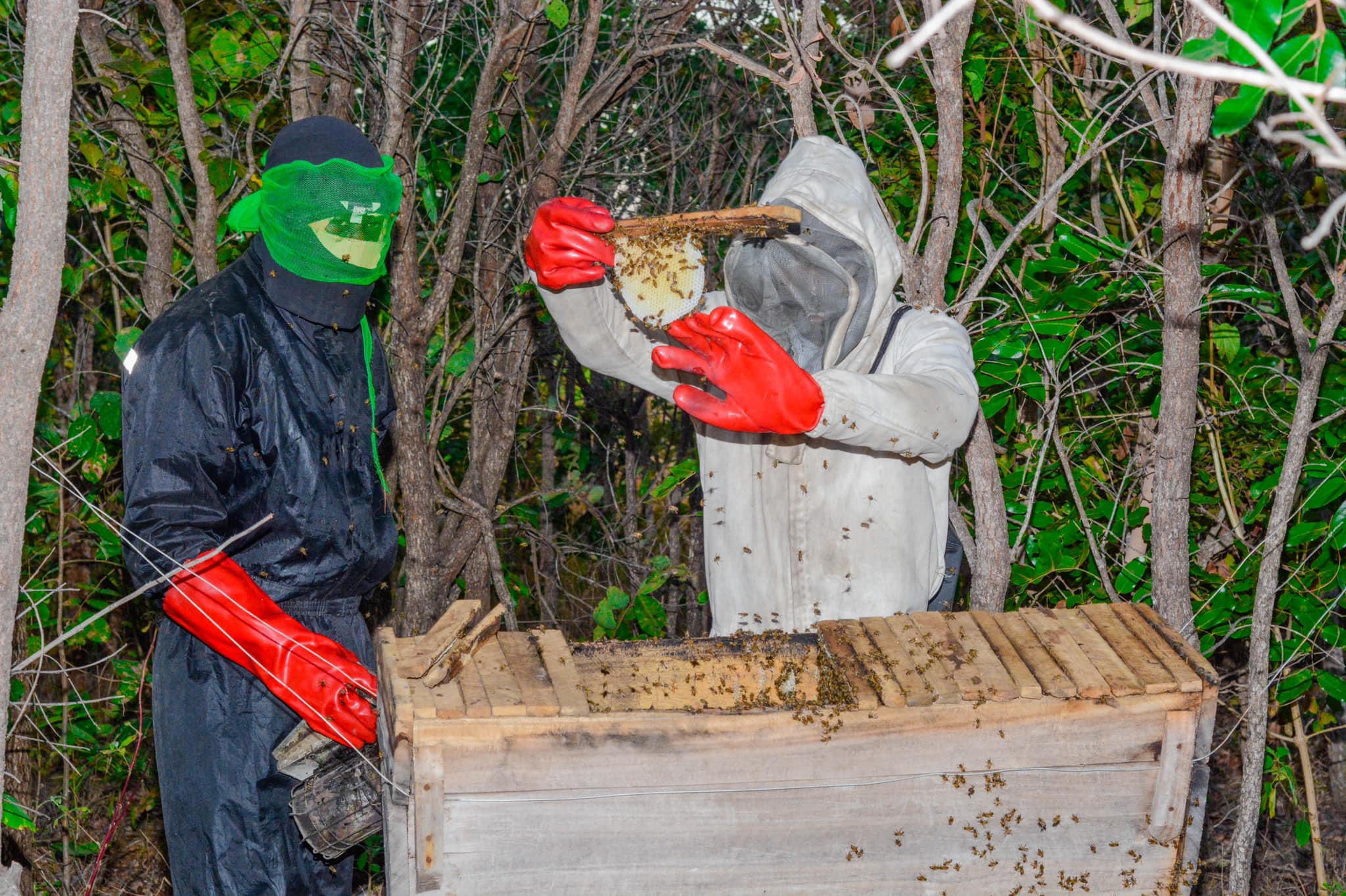
Later in the day, attention turned to urban and community permaculture strategies. Participants visited local farmers to see these principles in action within rural and community settings. These visits offered a real-world perspective on how permaculture can be adapted to various contexts, inspiring participants with examples of resilience and innovation.
Day 11: Design Presentations – Sharing Visions
The penultimate day was a showcase of creativity and hard-earned knowledge. Participants presented their permaculture designs, each reflecting a unique interpretation of the principles learned throughout the course. These presentations were a celebration of the journey, highlighting the diverse ways permaculture can be applied to create sustainable and regenerative systems.
Feedback from instructors and peers provided valuable insights, helping participants refine their designs further. This collaborative review process underscored the community spirit of permaculture, where sharing knowledge and ideas is key to collective growth and innovation.
Day 12: Celebrating New Designers
The final day of the course was a celebration of achievement and transformation. Eleven new permaculture designers were officially certified after completing the intensive 72-hour training. With certificates in hand, they are now ready to implement their designs and spread the principles of permaculture within their communities.
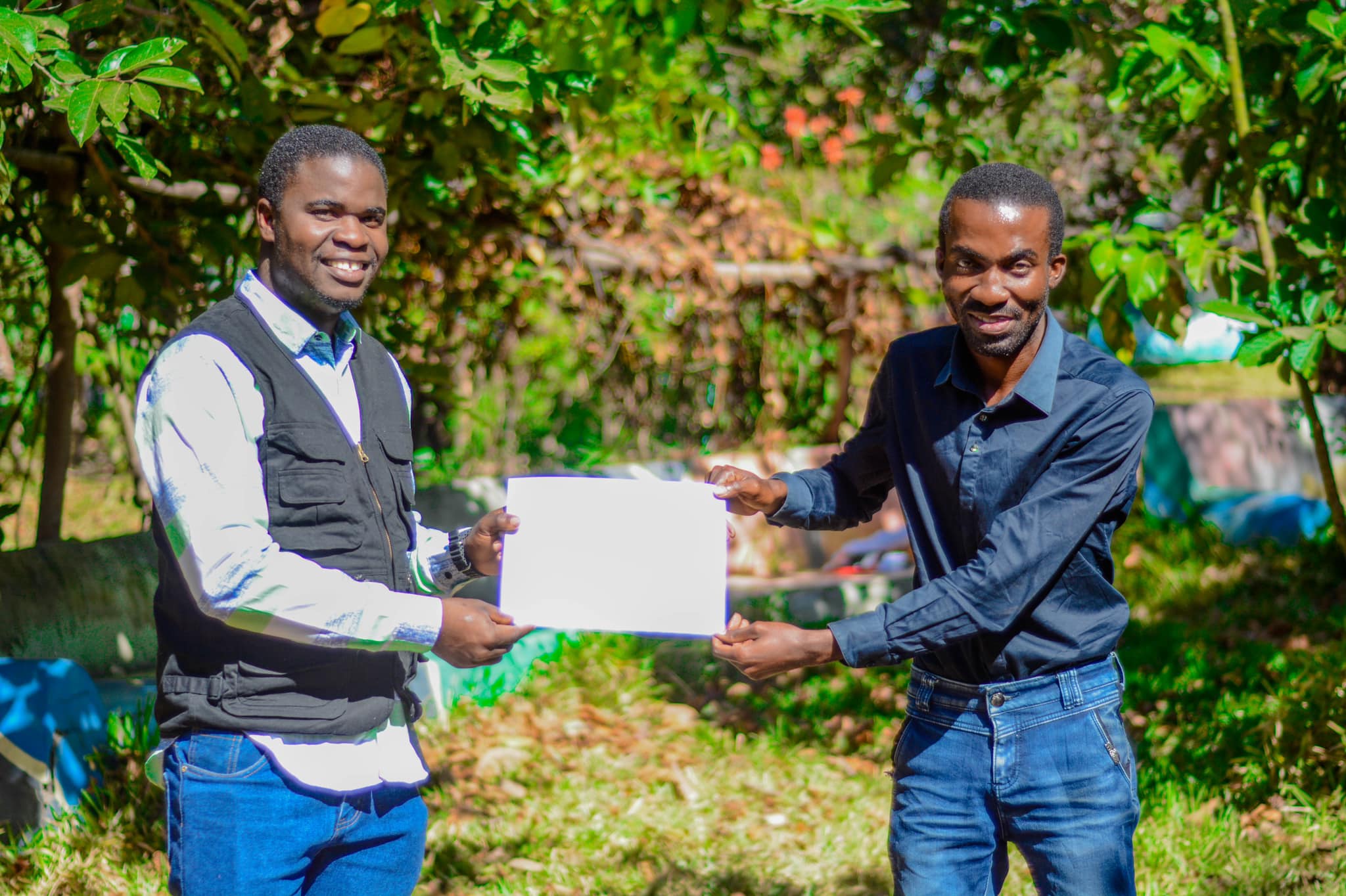
The closing ceremony was a moment of reflection and joy. Participants shared their experiences and plans for the future, forming a network of support and collaboration. As they prepared to return to their homes, the spirit of learning, innovation, and sustainability they cultivated over the past 12 days shone brightly, marking the beginning of their journeys as stewards of a more sustainable world.

